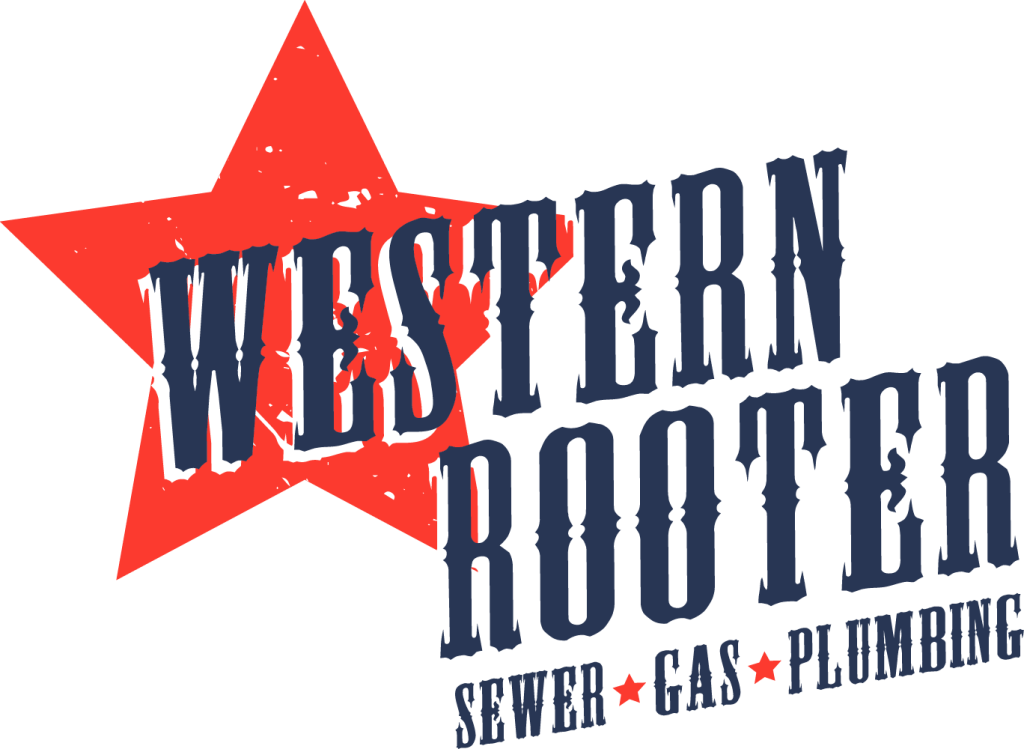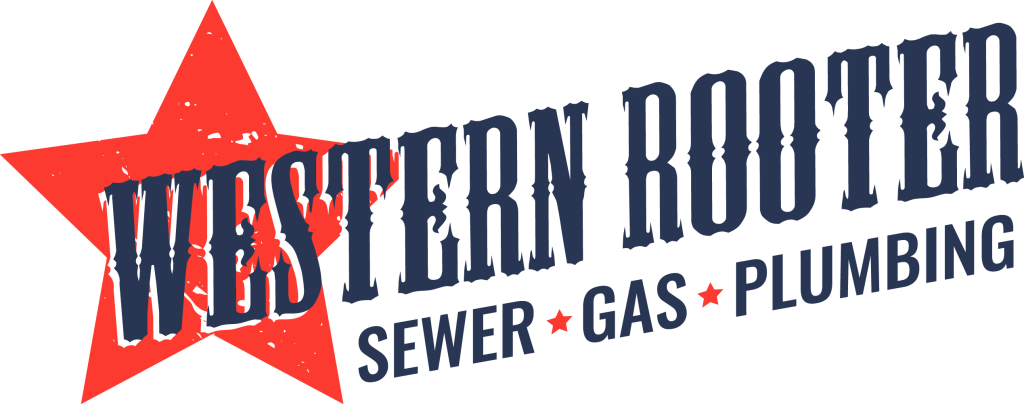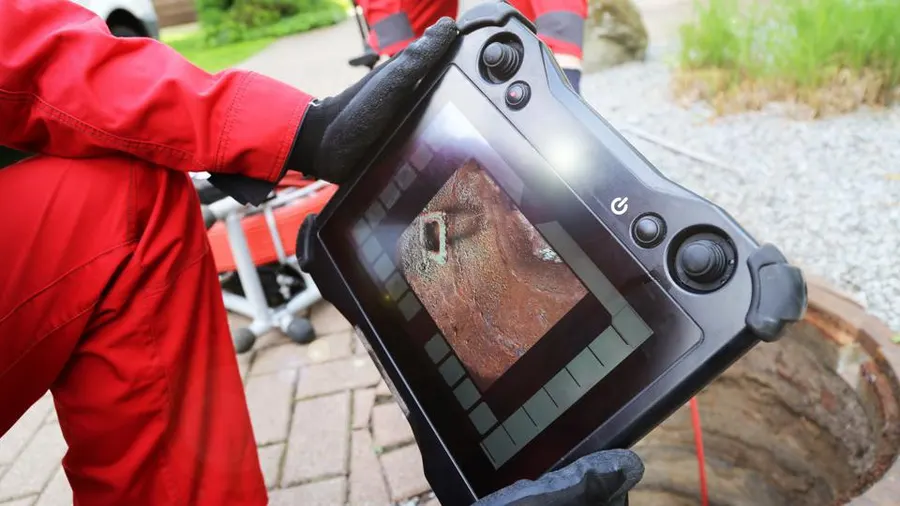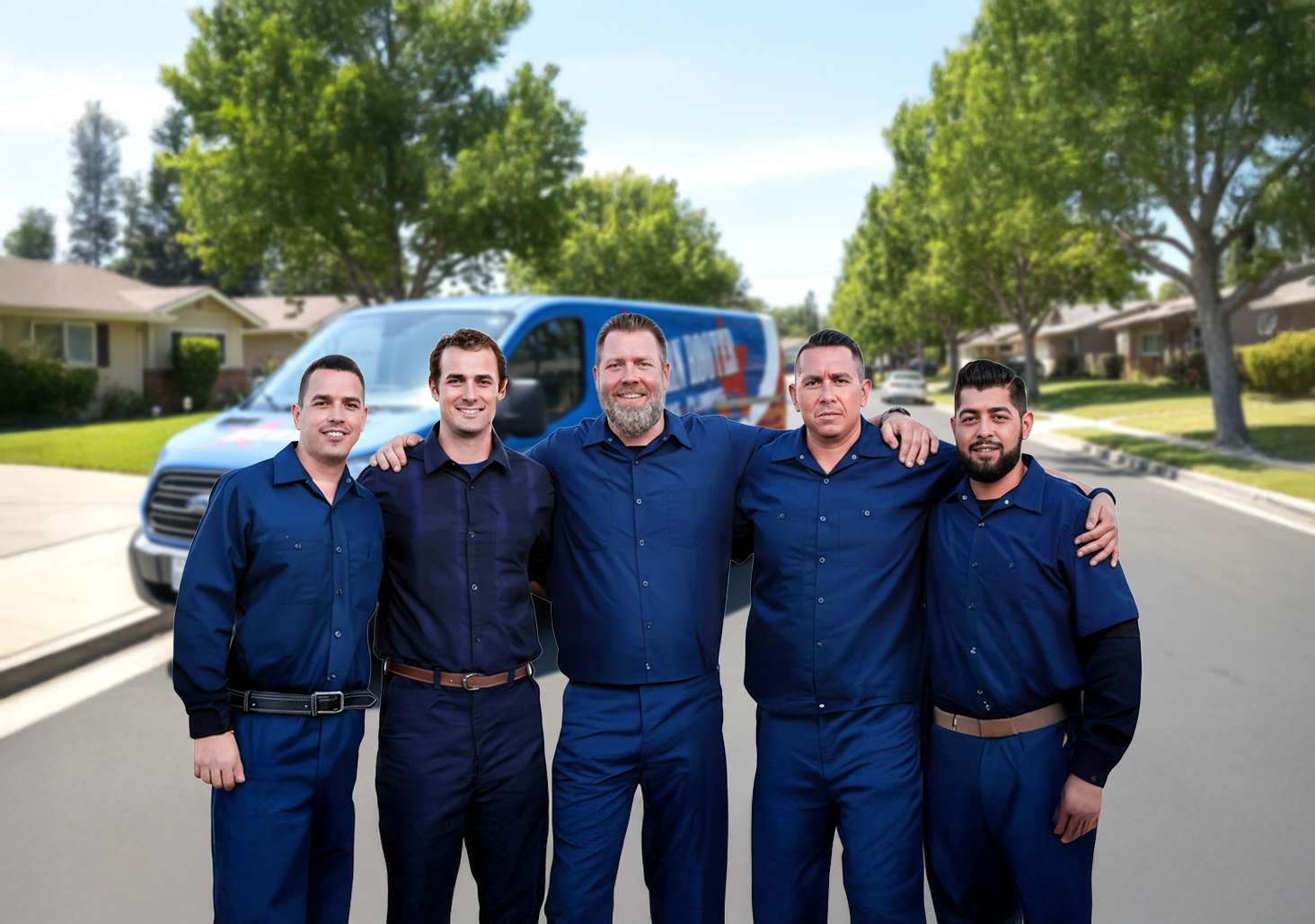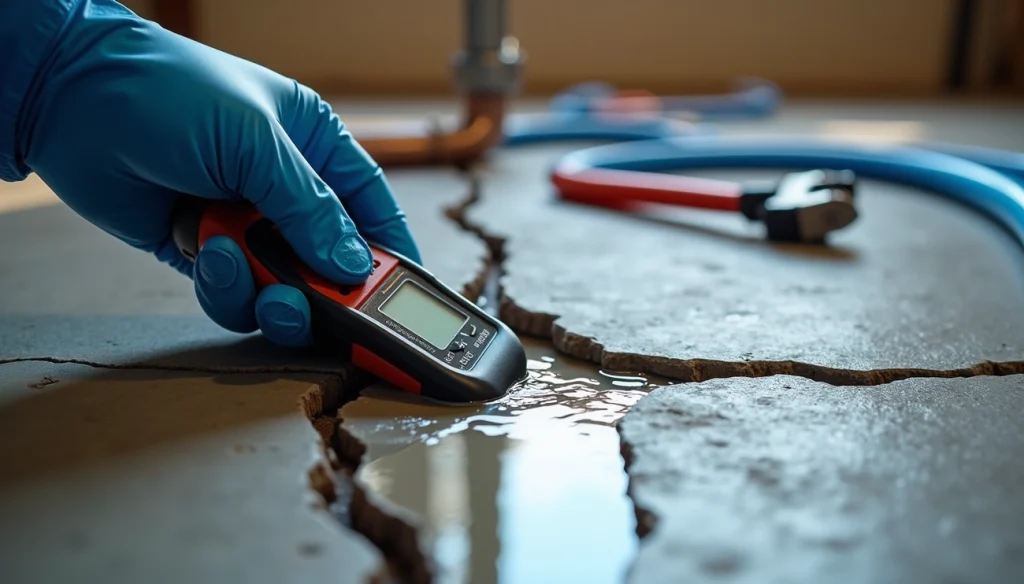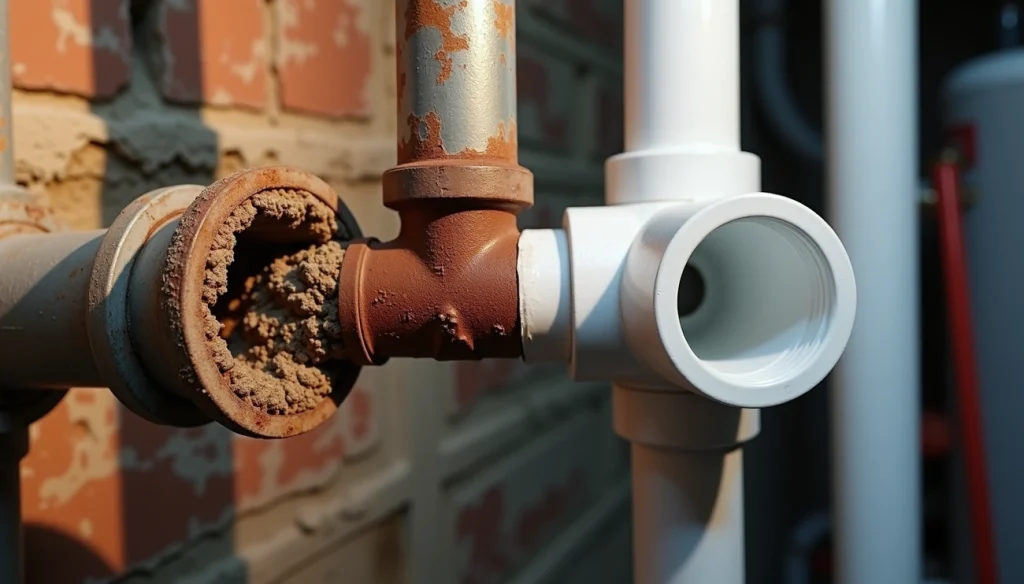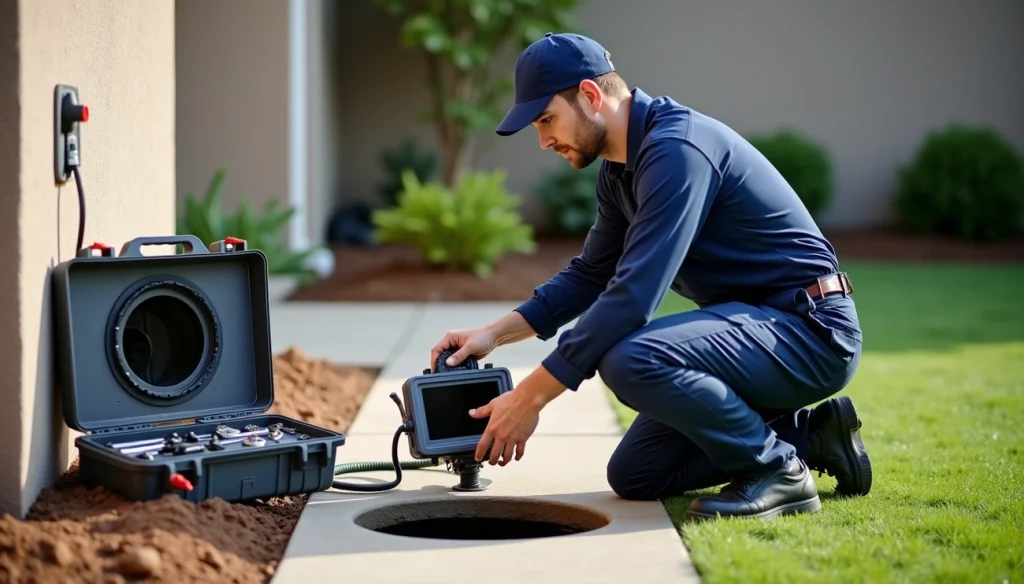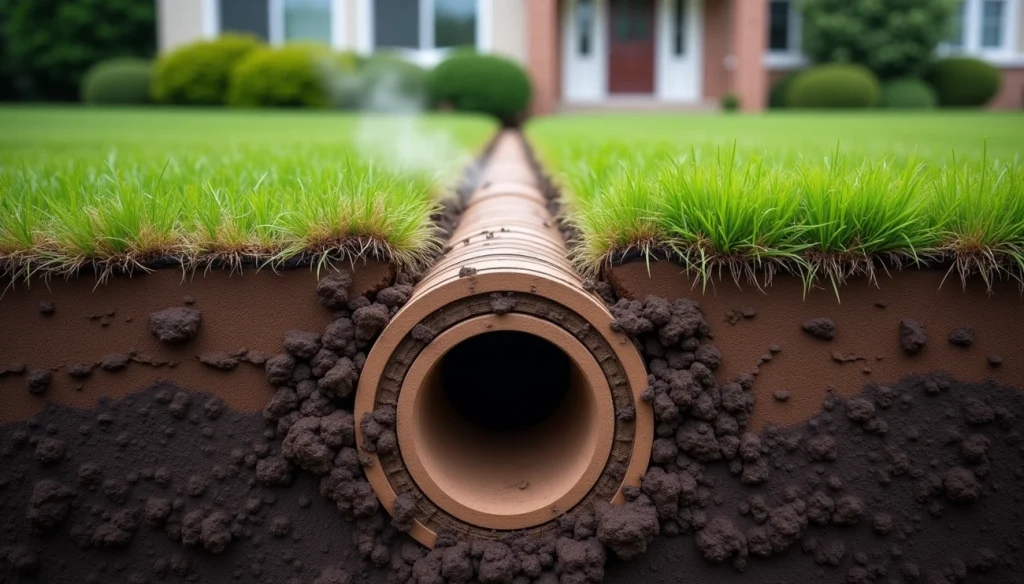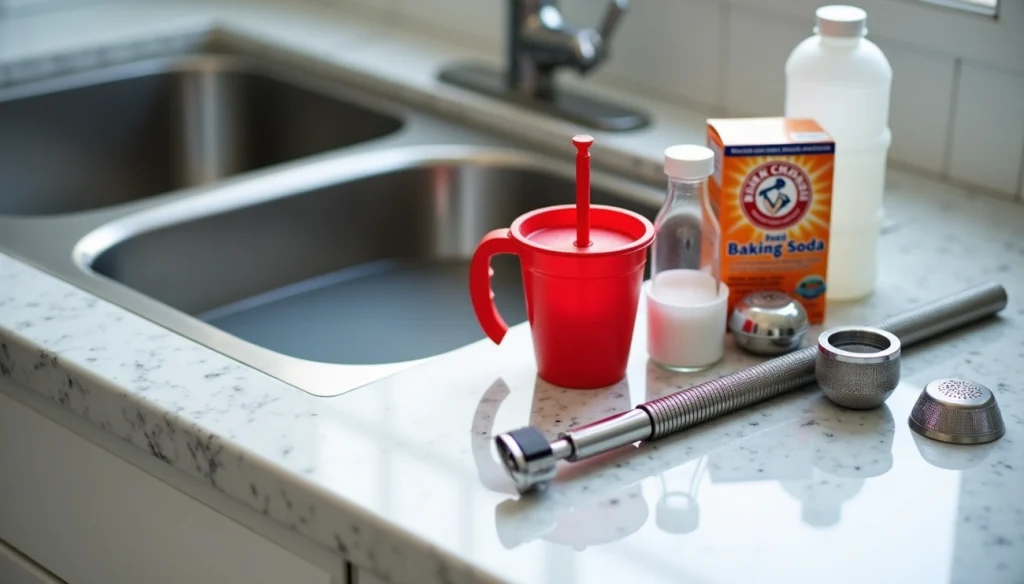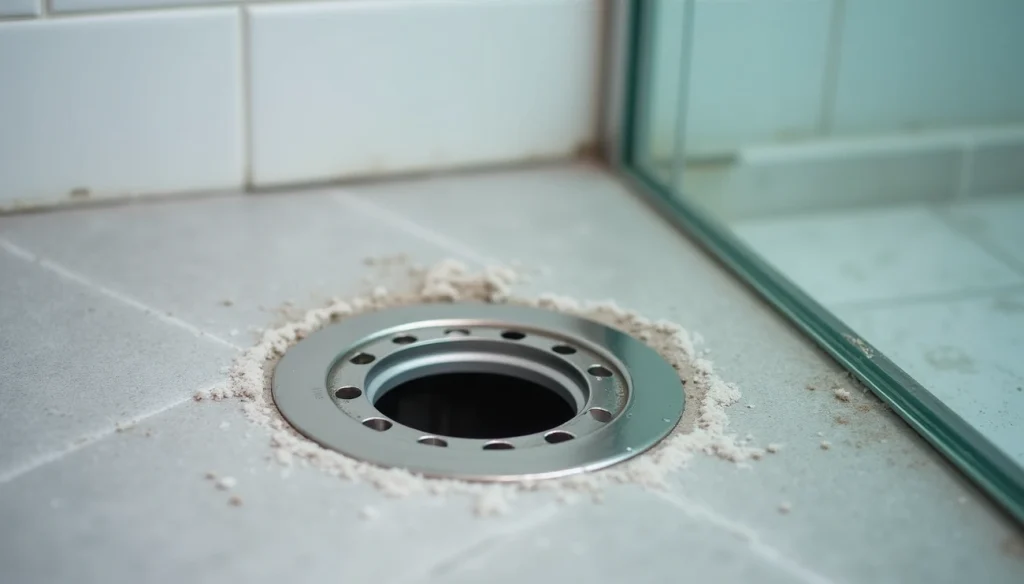Your home’s sewer system is a critical component of your daily comfort, but it’s often out of sight and out of mind. Have you ever wondered if a sewer inspection is necessary? It’s a question that many homeowners in Los Angeles and San Bernardino Counties grapple with. Understanding when to get a sewer inspection can save you from costly repairs and unexpected plumbing emergencies down the line.
As a homeowner, you should be aware of the key signs that might indicate the need for a sewer line inspection. From persistent foul odors to slow-draining fixtures, these warning signals can point to underlying issues in your sewer system. In this article, we’ll explore the telltale signs that suggest it’s time to call in the professionals for a thorough sewer line inspection. By staying informed, you’ll be better equipped to keep your home’s plumbing in top shape and avoid potential disasters.
Persistent Foul Odors

Image Source: Healthline
A persistent foul odor in your home can be more than just an unpleasant nuisance; it’s often a sign that you should consider getting a sewer inspection. These odors, typically reminiscent of rotten eggs, can indicate underlying issues with your plumbing or sewer system that require immediate attention.
What causes sewer odors
Sewer odors can stem from various sources within your home’s plumbing system. One common cause is a dried-out P-trap, which is designed to hold water and prevent sewer gasses from entering your living space. When fixtures aren’t used frequently, the water in the P-trap can evaporate, allowing odors to seep through. Another potential culprit is a blocked or damaged vent pipe, which normally helps regulate air pressure and redirect odors away from your home.
Leaks or damaged seals around toilets, sinks, or pipes can also allow sewer gasses to escape. In some cases, a buildup of biofilm – a mixture of bacteria, debris, and organic matter – in your drains can produce a sewage-like smell. More serious issues, such as cracked or broken sewer pipes, can also lead to persistent odors and require professional attention.
Health risks of sewer gas
Exposure to sewer gas isn’t just unpleasant; it can pose serious health risks. Sewer gas contains a mixture of toxic and non-toxic gasses, including hydrogen sulfide and methane. Prolonged exposure to these gasses can cause a range of symptoms, from headaches and fatigue to more severe issues like nausea, dizziness, and poor memory.
In high concentrations, sewer gas can be extremely dangerous. It can lead to a loss of consciousness and, in extreme cases, even be fatal. Moreover, methane, a primary component of sewer gas, is highly flammable, posing a fire risk in your home.
How a sewer inspection can identify odor sources
When you’re dealing with persistent sewer odors, a professional sewer inspection can be invaluable in identifying the root cause. During an inspection, plumbers use specialized tools and techniques to thoroughly examine your sewer system. One effective method is a smoke test, where non-toxic smoke is blown into the sewer system to reveal even hairline cracks or leaks that might be allowing gasses to escape.
A sewer inspection can also detect issues like pipe degradation, tree root intrusion, or blockages that might be causing the odors. By pinpointing the exact location and nature of the problem, a sewer inspection allows for targeted repairs, saving you time and potentially preventing more costly damage down the line.
Remember, if you’re experiencing persistent sewer odors, it’s crucial to act quickly. Don’t wait for the problem to worsen – consider scheduling a sewer inspection to ensure your home remains safe and odor-free.
Slow Draining Fixtures

Image Source: Benjamin Franklin Plumbing
You might notice that water takes longer to disappear down your sink, shower, or bathtub. This is a common issue that many homeowners face, but it’s not one to ignore. Slow draining fixtures can be a sign that you need a sewer inspection.
Common causes of slow drains
Several factors can lead to slow drains in your home. One of the most frequent culprits is a buildup of debris such as hair, soap scum, or food particles in the drainpipe or trap. Over time, these materials accumulate and narrow the passage for water, causing it to drain more slowly.
In kitchen sinks, grease, oils, and fats are often to blame. These substances stick to the inside of your pipes, gradually constricting water flow. Coffee grounds and eggshells can also accumulate at the bottom of your P-trap, further slowing drainage.
When slow drains indicate a sewer problem
While a single slow drain might be due to a localized clog, multiple slow drains throughout your home could point to a more serious issue with your main sewer line. If you notice gurgling sounds from various plumbing fixtures or detect a strong sewage smell, these are red flags that shouldn’t be ignored.
A clog in the main sewer line can cause water to back up into other plumbing fixtures in your home. This happens because the wastewater from one drain has nowhere to go, so it’s forced back into other pipes. If you’re experiencing this issue, it’s crucial to consider getting a sewer inspection.
How inspections pinpoint drainage issues
Sewer inspections are an effective way to identify the root cause of slow drains and other plumbing issues. Modern plumbing technology allows for non-invasive inspections that can save you time and potentially prevent costly repairs down the line.
One common method used in sewer inspections is camera inspection. Plumbers use waterproof cameras that can maneuver through different types of pipes, transmitting high-resolution images from every angle. This allows them to pinpoint exactly what’s causing the problem, whether it’s a simple clog, tree root intrusion, or a more serious issue like a broken sewer line.
By identifying the specific cause of your slow drains, a sewer inspection can help determine the most appropriate solution. This might range from simple drain cleaning to more complex repairs, depending on the severity of the issue.
Remember, addressing slow drains promptly can prevent more serious problems in the future. If you’re experiencing persistent slow drains, especially in multiple fixtures, it might be time to consider a sewer inspection.
Gurgling Sounds from Drains

Image Source: USA Borescopes
Have you ever heard a strange gurgling noise coming from your sink or bathroom drain? This sound is more than just an annoyance; it’s often a sign that you should consider getting a sewer inspection. Understanding why these sounds occur and what they might indicate can help you decide if it’s time to call in the professionals.
Why drains make gurgling noises
Gurgling sounds in your drains are typically caused by air bubbles forcing their way up through the water in your pipes. This happens when there’s a blockage or issue in your plumbing system that’s preventing water from flowing smoothly. As the water tries to drain, it creates air pockets that make their way back up, resulting in that distinctive gurgling noise.
These sounds can be particularly noticeable when you’re using water fixtures in your home. The more water you use, the more pronounced the gurgling might become. If you’re hearing these noises from multiple drains in your house, it could be a sign of a more serious issue with your main sewer line.
Gurgling as a sign of sewer line blockage
When multiple drains in your home are gurgling, it’s often an indication of a problem in your main sewer line. This is especially true if you notice that water backs up in random places as you’re using different water fixtures. For example, if flushing a toilet causes water to back up in your shower or bathtub, it’s likely that you have a blockage in your main sewer line.
A clog in the main sewer line means that wastewater has nowhere to go and is forced back up through other drain lines. This can lead to sewage backing up in floor drains or lower-level plumbing fixtures. If you’re experiencing these issues, it’s crucial to get a sewer inspection as soon as possible to prevent more severe problems.
Using camera inspections to locate blockages
Modern plumbing technology has made it easier than ever to identify and locate sewer line issues. One of the most effective tools for this is a sewer camera inspection. During this process, a plumber will use a waterproof camera attached to a flexible rod to navigate through your pipes and sewer line.
This camera provides high-resolution images of the inside of your pipes, allowing the plumber to pinpoint exactly what’s causing the problem. Whether it’s a simple clog, tree root intrusion, or a more serious issue like a broken sewer line, a camera inspection can reveal it all.
By identifying the specific cause and location of the blockage, a sewer camera inspection helps determine the most appropriate solution. This could range from a simple drain cleaning to more complex repairs, depending on the severity of the issue.
Remember, if you’re hearing persistent gurgling sounds from your drains, especially from multiple fixtures, it might be time to consider a sewer inspection. Acting quickly can prevent more serious and costly plumbing issues down the line.
Water Backing Up in Multiple Drains

Image Source: Bienvenu Brothers
When you notice water backing up in multiple drains throughout your home, it’s a clear sign that you should consider getting a sewer inspection. This issue often indicates a problem with your main sewer line, which can lead to serious consequences if left unaddressed.
Dangers of sewage backups
Sewage backups pose significant health risks to you and your family. The contaminated water contains harmful bacteria, viruses, and other pathogens that can cause severe illnesses. Exposure to raw sewage can lead to gastrointestinal issues, skin irritations, and even respiratory problems. Moreover, sewage backups can result in extensive [property damage](https://www.flyability.com/blog/sewer-inspection), potentially costing thousands of dollars in repairs.
Common causes of multi-drain backups
Several factors can contribute to water backing up in multiple drains. One common cause is a blockage in the main sewer line due to debris buildup, such as grease, hair, or non-flushable items. [Tree root intrusion](https://www.rocketmortgage.com/learn/sewer-scope-inspection) is another frequent culprit, especially in older homes with clay piping. Additionally, heavy rainfall or aging sewer systems can overwhelm your home’s plumbing, leading to backups.
How inspections prevent major backups
Regular sewer line inspections are crucial in preventing major backups and costly repairs. During these inspections, professionals use advanced techniques like camera inspections to identify potential issues before they escalate. By detecting problems early, such as cracks, blockages, or tree root intrusions, plumbers can address them promptly, saving you from the nightmare of a full-blown sewage backup.
Remember, if you notice water backing up in multiple drains, gurgling sounds from your plumbing, or foul odors, it’s time to consider a sewer inspection. Taking proactive steps can help you avoid the health risks and property damage associated with sewage backups while ensuring your home’s plumbing system functions smoothly.
Lush or Soggy Patches in Your Yard

Image Source: Western Rooter
If you’re wondering whether a sewer inspection is necessary, one telltale sign to watch for is the appearance of lush or soggy patches in your yard. These unusual areas can indicate underlying issues with your sewer system that require immediate attention.
Signs of underground leaks in your yard
Wet, soft spots in your lawn almost always point to an underground plumbing problem. If you notice any soggy patches around your home, it’s crucial to contact a professional plumber right away. These areas might be absorbing excess water from an underground sewer line leak. Additionally, you might observe patches of grass that are unusually lush or growing faster than surrounding areas. These signs suggest that a sewer inspection might be necessary to identify potential issues.
Environmental impact of sewer leaks
Sewer leaks can have severe consequences for the environment when left unresolved. The sewage waste contains elements like nitrogen and phosphorus, which can harm soil quality and plant life. Excessive nutrient levels can lead to soil degradation, reduced crop yields, and contamination of agricultural lands. Moreover, sewer leaks contribute to greenhouse gas emissions. When organic matter in sewage decomposes in an anaerobic environment, it releases methane, a potent greenhouse gas.
Using inspections to pinpoint leak locations
To determine if a sewer inspection is necessary, it’s essential to have a professional assess the situation. Plumbers can use specialized equipment like sewer cameras to identify the exact location of leaks quickly. These inspections can help pinpoint defects such as cross bores, degradation, and inflow & infiltration issues. By scheduling regular sewer line inspections, you can track problems on a consistent basis and prevent service interruptions caused by unmitigated pipe defects.
Remember, if you suspect a sewer leak, it’s crucial to address it promptly. Not only can it save you money on water bills, but it also helps protect your property and the environment from potential damage.
Conclusion
Regular sewer inspections play a vital role in maintaining a healthy home environment and preventing costly plumbing disasters. By keeping an eye out for key signs like persistent foul odors, slow draining fixtures, gurgling sounds, water backups, and unusual yard conditions, homeowners can take proactive steps to address potential issues before they escalate. These warning signals often indicate underlying problems that require professional attention to avoid more severe consequences.
For residents and property managers in Los Angeles and San Bernardino Counties, staying vigilant about your plumbing system’s health is crucial. Whether you’re dealing with a minor inconvenience or suspect a more serious issue, it’s always wise to consult with experienced professionals. Don’t wait for small problems to become major headaches – contact Western Rooter today for a free estimate! Our team is ready to provide expert solutions for all your residential and commercial plumbing needs, ensuring your property remains in top condition.
